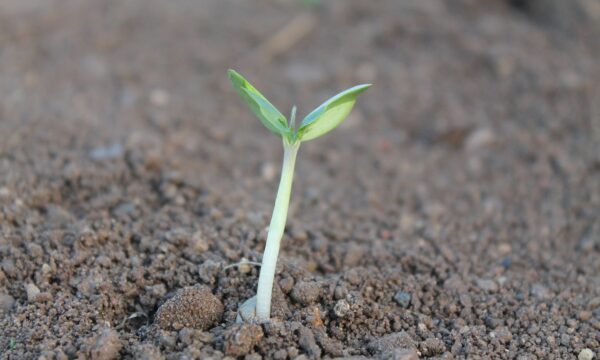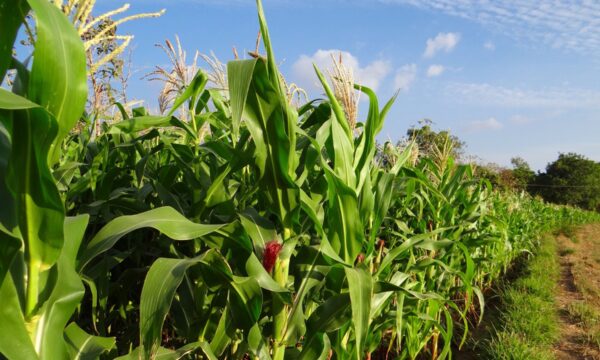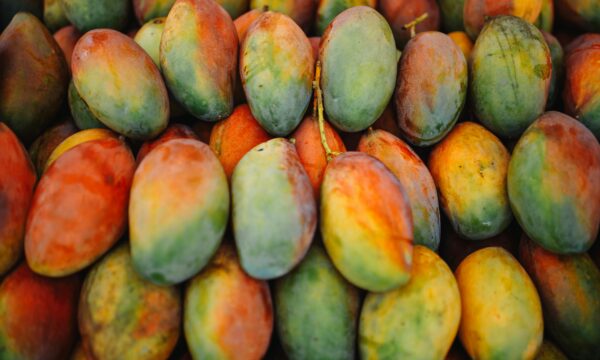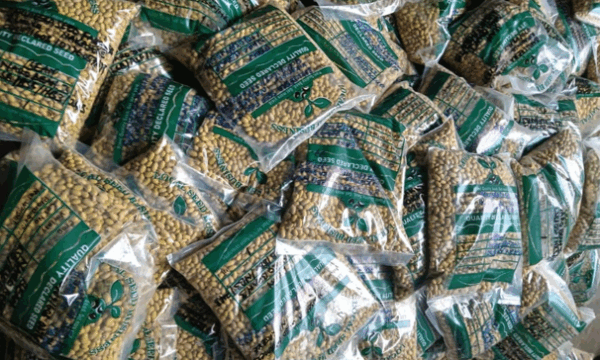Cocoa, Theobroma cacao L. is the third most important export product in Ecuador; a country which produces 70% of the world’s highly prized Arriba cocoa. However, the sustainability of this crop is threatened by a number of devastating pest species including fungal diseases and insect pests. Among the most severe are the closely related fungal diseases Witches’ Broom Disease Moniliophthora perniciosa and Frosty Pod Rot Moniliophthora roreri, both of which occur in Ecuador. Frosty Pod Rot is an invasive disease which was originally identified in Ecuador in 1917 and has since spread rapidly to other Latin American countries. The fungal pathogen that causes Witches’ Broom Disease is a close relative of Frosty Pod Rot in the same Moniliophthora genus. In addition to the Moniliophthora diseases, Phytophthora spp. can lead to Black Rot of cocoa.These fungal diseases are a principle constraint on world cocoa production and affect the pods, flowers, leaves and stems, causing a decline in production and reduction in bean quality with infested plantations suffering dramatic yield losses and in some cases total loss of production. Breeding for disease resistance in cocoa is a key factor in maintaining sustainability of cocoa, since there is widespread concern over fungicide resistance, the safety and effectiveness of widespread pesticide use and recent tightening of regulations regarding pesticide residues on cocoa. The INIAP, national research institute of Ecuador, in collaboration with Mars Chocolate and the USDA is investing in substantial cocoa breeding programs with the aim of developing more productive, disease resistant, high yielding cocoa plants for Ecuadorian cocoa farmers.
The majority of cocoa disease resistance research has to date focused on Witches’ Broom Disease, where resistance genes have been identified and cloned using molecular markers. Hybrid genotypes which show tolerance to the disease are now being recommended for growing in the Amazon Basin. Trails and evaluations have detected new sources of resistance in cultivars which are thought to be higher yielding than the resistant parent plant. This research is on-going and rapid as new resistance genes are identified and tolerant cocoa cultivars improved.
Research into resistance to Black Pod Rot has proved to be more difficult as resistant clones are challenging to produce. The focus is targeted on finding disease tolerant varieties of cocoa and identifying and sequencing resistance genes. Research at the Tropical Research station of INIAP into cultivars resistant to Frosty Pod Rot is now focusing on establishing the genetics of Frosty Pod Rot tolerance in some varieties. As Frosty Pod Rot is influenced by environmental factors such as water availability there is further work going into the breeding of cultivars that can be grown outside of the wet season. An example of an improved cocoa cultivar developed by Homero Castro is a variety called CCN-51 (Coleccion Castro Naranjal 51) which is now used in 90% of all new plantings in Ecuador. CCN-51 produces higher yields from larger cocoa pods and has greater disease resistance. The current objectives of INIAP with support from Mars Chocolate and the USDA is to grow high quality arabica cocoa varieties under a similar scheme used to cultivate CCN-51 with the aim of out performing the CCN-51 cultivar in terms of disease resistance and cocoa quality, developing plants that are nearly immune to Witches’ Broom Disease. In collaboration with this there are efforts to ensure plant nutrients and adequate irrigation are available to farmers growing cocoa as both of these factors have a significant impact on cocoa yields.
These advances in cocoa breeding programs and cocoa management are expected to improve the productivity and quality of life of 100,000 smallholder farmers, and a further 200,000 families that indirectly benefit from cocoa production in Ecuador.
References:
2 Comments
Leave a Reply
Related News & Blogs
How plant clinics are strengthening crop health services in Bangladesh
When the first-ever plant clinic in Bangladesh opened in Dhaka in 2013, it initially faced a lack of interest due to its novelty and limited awareness among farmers. However, it went on to expand, providing advice to over 17,000 farmers and led to the…
2 July 2025






[…] Breeding cacao in Ecuador. […]
Homero Castro wasn´t INIAP technician. CCN – 51, means C:Collection C:Castro N:Naranjal # 51. He used no INIAP nomenclature in its variety. “review their sources”.